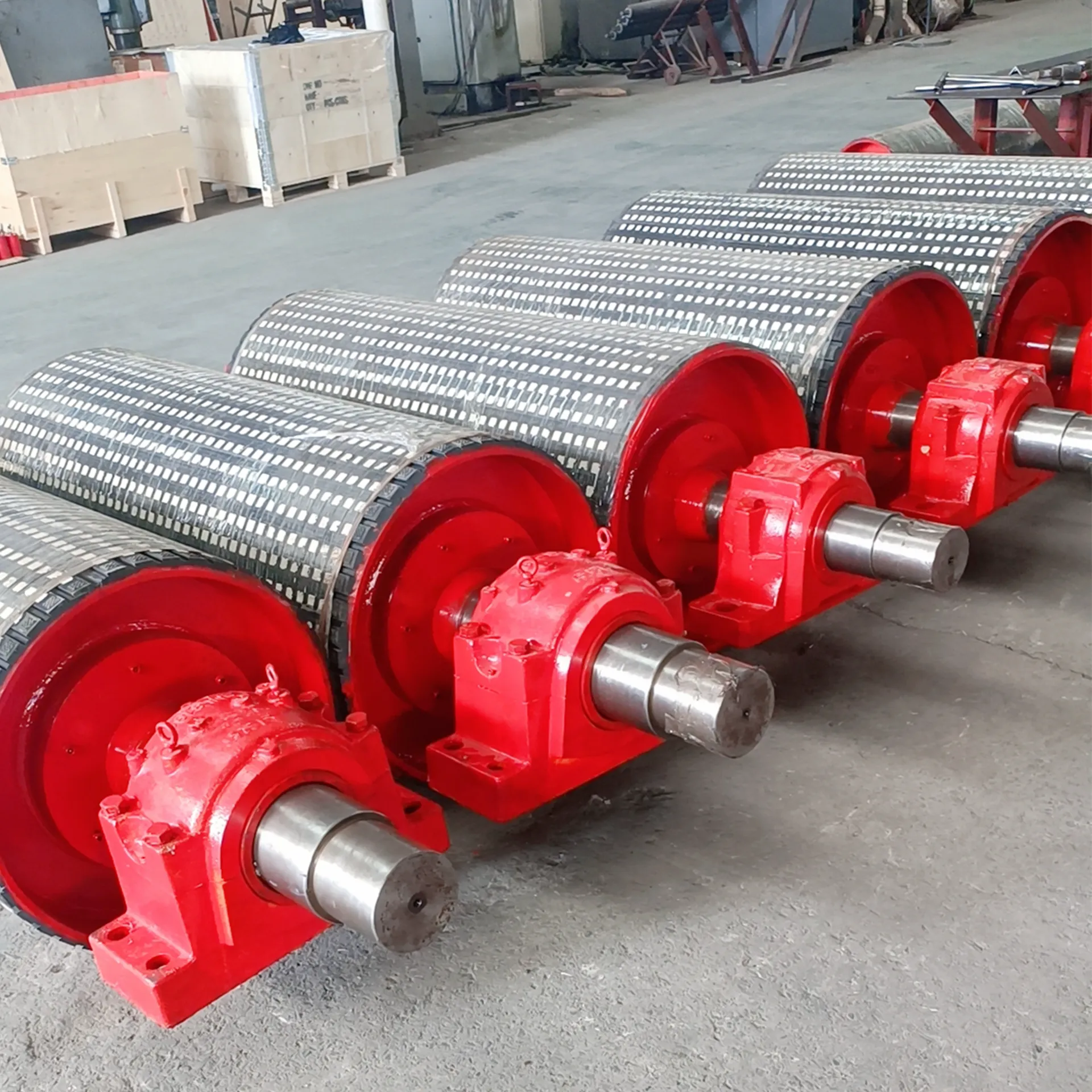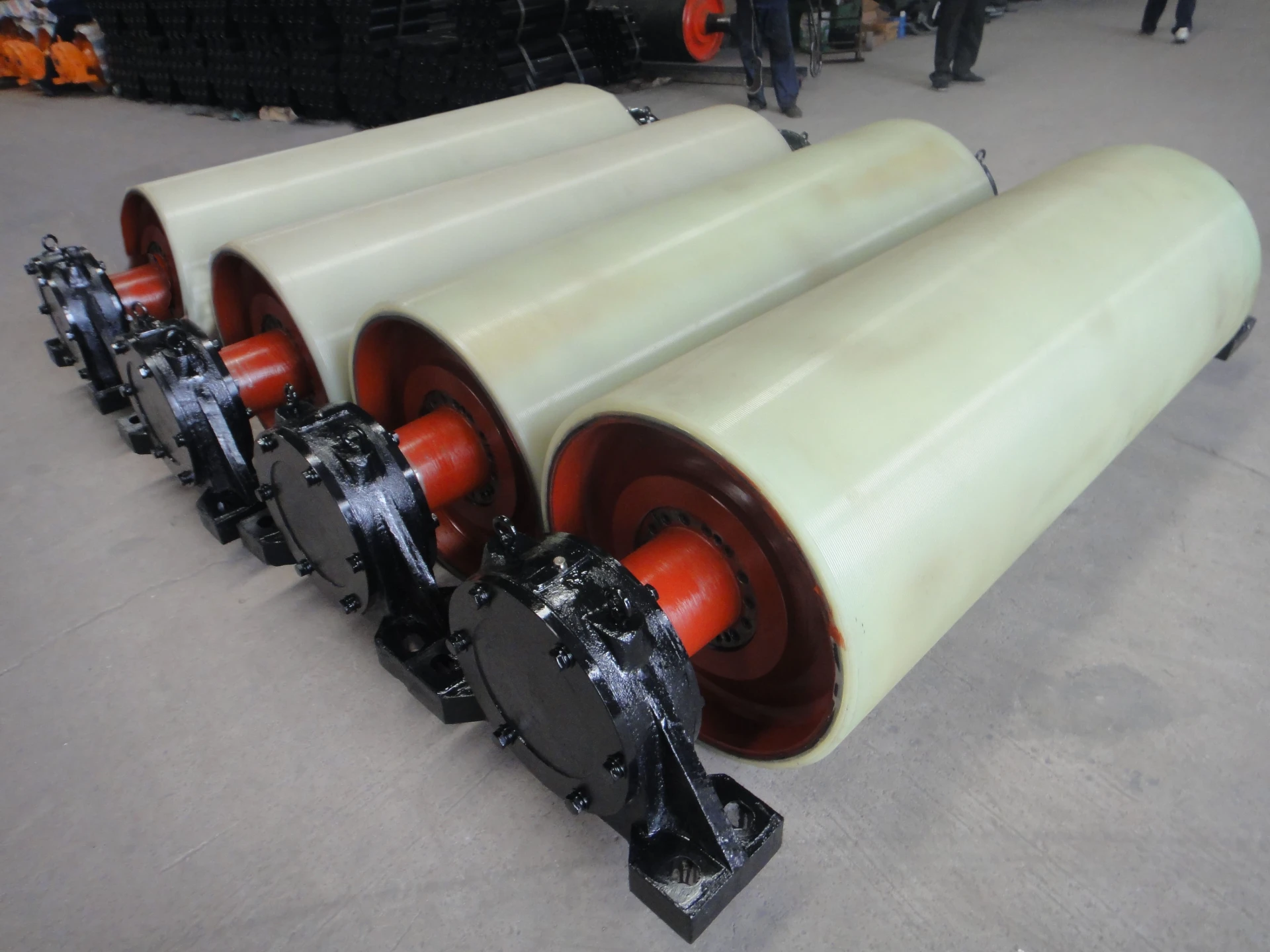 Afrikaans
Afrikaans  Albanian
Albanian  Amharic
Amharic  Arabic
Arabic  Armenian
Armenian  Azerbaijani
Azerbaijani  Basque
Basque  Belarusian
Belarusian  Bengali
Bengali  Bosnian
Bosnian  Bulgarian
Bulgarian  Catalan
Catalan  Cebuano
Cebuano  Corsican
Corsican  Croatian
Croatian  Czech
Czech  Danish
Danish  Dutch
Dutch  English
English  Esperanto
Esperanto  Estonian
Estonian  Finnish
Finnish  French
French  Frisian
Frisian  Galician
Galician  Georgian
Georgian  German
German  Greek
Greek  Gujarati
Gujarati  Haitian Creole
Haitian Creole  hausa
hausa  hawaiian
hawaiian  Hebrew
Hebrew  Hindi
Hindi  Miao
Miao  Hungarian
Hungarian  Icelandic
Icelandic  igbo
igbo  Indonesian
Indonesian  irish
irish  Italian
Italian  Japanese
Japanese  Javanese
Javanese  Kannada
Kannada  kazakh
kazakh  Khmer
Khmer  Rwandese
Rwandese  Korean
Korean  Kurdish
Kurdish  Kyrgyz
Kyrgyz  Lao
Lao  Latin
Latin  Latvian
Latvian  Lithuanian
Lithuanian  Luxembourgish
Luxembourgish  Macedonian
Macedonian  Malgashi
Malgashi  Malay
Malay  Malayalam
Malayalam  Maltese
Maltese  Maori
Maori  Marathi
Marathi  Mongolian
Mongolian  Myanmar
Myanmar  Nepali
Nepali  Norwegian
Norwegian  Norwegian
Norwegian  Occitan
Occitan  Pashto
Pashto  Persian
Persian  Polish
Polish  Portuguese
Portuguese  Punjabi
Punjabi  Romanian
Romanian  Russian
Russian  Samoan
Samoan  Scottish Gaelic
Scottish Gaelic  Serbian
Serbian  Sesotho
Sesotho  Shona
Shona  Sindhi
Sindhi  Sinhala
Sinhala  Slovak
Slovak  Slovenian
Slovenian  Somali
Somali  Spanish
Spanish  Sundanese
Sundanese  Swahili
Swahili  Swedish
Swedish  Tagalog
Tagalog  Tajik
Tajik  Tamil
Tamil  Tatar
Tatar  Telugu
Telugu  Thai
Thai  Turkish
Turkish  Turkmen
Turkmen  Ukrainian
Ukrainian  Urdu
Urdu  Uighur
Uighur  Uzbek
Uzbek  Vietnamese
Vietnamese  Welsh
Welsh  Bantu
Bantu  Yiddish
Yiddish  Yoruba
Yoruba  Zulu
Zulu Feb . 11, 2025 03:31
Back to list
v belt idler pulley
Accessory belt idler pulleys may not be the first component that comes to mind when discussing vehicle maintenance, yet they play a vital role in the seamless operation of your car's engine system. As a crucial part of the serpentine belt system, the idler pulley ensures proper tension and alignment of the belt, which powers important automotive components such as the alternator, power steering pump, and air conditioning compressor.
Choosing the right replacement idler pulley is critical. Opt for components from reputable manufacturers that guarantee compatibility with your specific vehicle model. Paying attention to customer reviews and authenticity certificates can further fortify your selection, ensuring longevity and reliability of the replacement part. To preserve the integrity of your serpentine belt system and, by extension, your engine's functionality, it is advisable to integrate the idler pulley into routine maintenance schedules. Consider it as part of a holistic vehicle maintenance approach, akin to regular oil changes and tire rotations. In conclusion, while accessory belt idler pulleys may reside in the background of automotive components, their proper functioning is fundamental to the overall health of a vehicle’s engine system. Engaging regularly with professionals in vehicle maintenance, along with advancing personal automotive knowledge, will cultivate a trustworthy and authoritative understanding of such components. By grasping the nuances of idler pulleys, car enthusiasts can better ensure their vehicles remain in top condition, maximizing performance and extending longevity. Always remember, vigilance and proactive care will significantly extend the life of your vehicle, enhancing your driving experience while preserving its resale value.


Choosing the right replacement idler pulley is critical. Opt for components from reputable manufacturers that guarantee compatibility with your specific vehicle model. Paying attention to customer reviews and authenticity certificates can further fortify your selection, ensuring longevity and reliability of the replacement part. To preserve the integrity of your serpentine belt system and, by extension, your engine's functionality, it is advisable to integrate the idler pulley into routine maintenance schedules. Consider it as part of a holistic vehicle maintenance approach, akin to regular oil changes and tire rotations. In conclusion, while accessory belt idler pulleys may reside in the background of automotive components, their proper functioning is fundamental to the overall health of a vehicle’s engine system. Engaging regularly with professionals in vehicle maintenance, along with advancing personal automotive knowledge, will cultivate a trustworthy and authoritative understanding of such components. By grasping the nuances of idler pulleys, car enthusiasts can better ensure their vehicles remain in top condition, maximizing performance and extending longevity. Always remember, vigilance and proactive care will significantly extend the life of your vehicle, enhancing your driving experience while preserving its resale value.
Next:
Latest news
-
Revolutionizing Conveyor Reliability with Advanced Rubber Lagging PulleysNewsJul.22,2025
-
Powering Precision and Durability with Expert Manufacturers of Conveyor ComponentsNewsJul.22,2025
-
Optimizing Conveyor Systems with Advanced Conveyor AccessoriesNewsJul.22,2025
-
Maximize Conveyor Efficiency with Quality Conveyor Idler PulleysNewsJul.22,2025
-
Future-Proof Your Conveyor System with High-Performance Polyurethane RollerNewsJul.22,2025
-
Driving Efficiency Forward with Quality Idlers and RollersNewsJul.22,2025
OUR PRODUCTS





























